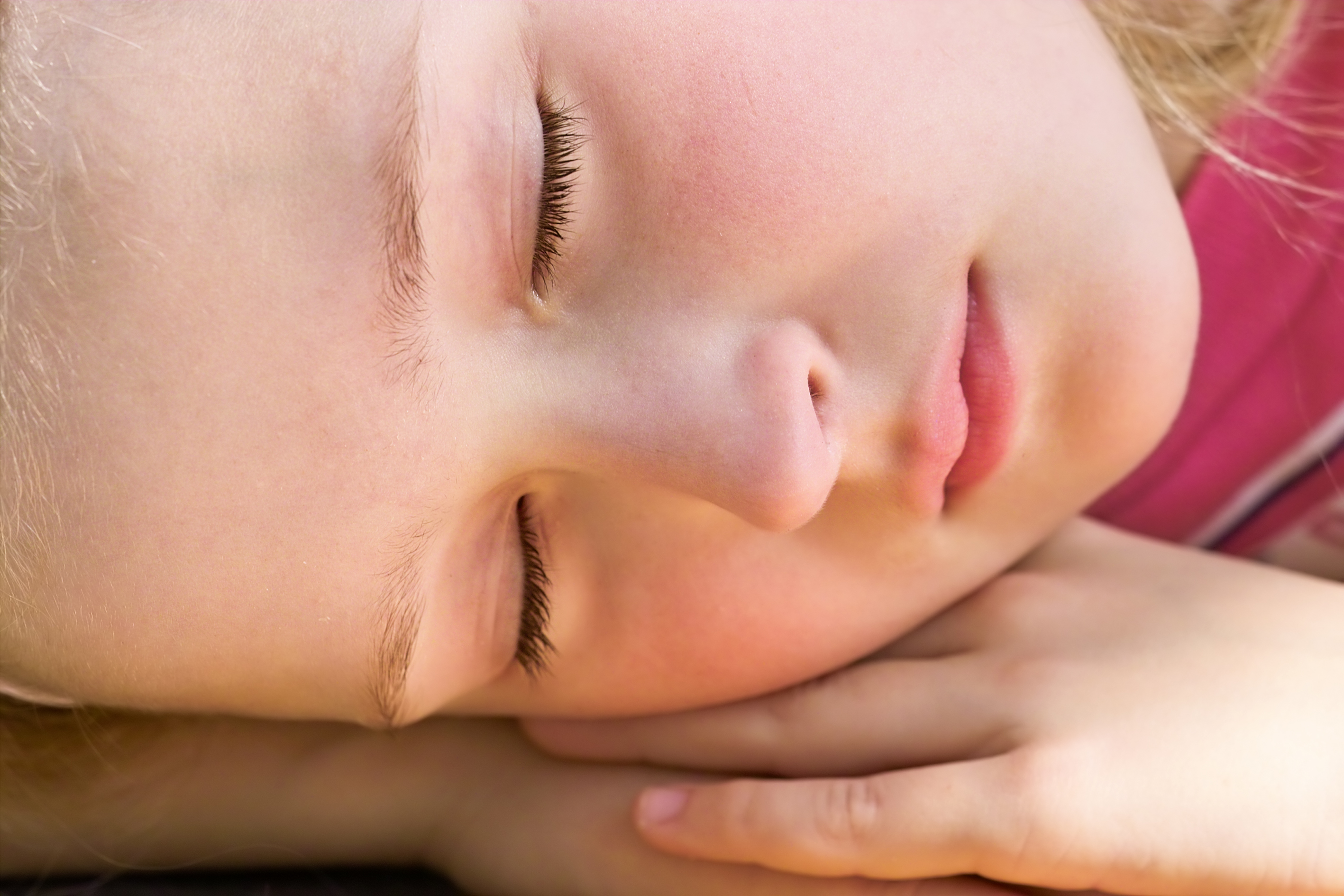
5 Things You Didn’t Know About Sleep
 Today, for Mom-Monday I’m sharing a helpful article from my writing friend and parenting author Elizabeth Pantley. Any mom knows that sleep is critical (both to baby and mom!). Here are some useful nuggets to help your children catch those Z’s…
Today, for Mom-Monday I’m sharing a helpful article from my writing friend and parenting author Elizabeth Pantley. Any mom knows that sleep is critical (both to baby and mom!). Here are some useful nuggets to help your children catch those Z’s…
1 – Poor sleep causes crying, tantrums, whining, and fussing.
Beyond the challenge of parenting issues involved in sleep problems – your child’s sleep habits can affect every single waking moment of every single day. A sleep-deprived child is simply not as happy as one who gets adequate sleep every day. Tired children cry more often, lose patience easily, break down in tantrums more often. If you have a fussy kid on your hands take a look at the daily sleep schedule and make adjustments in naptime and bed time.
2 – One in three children wakes up at night.
As frustrating as it can be to parents, night waking is normal. All human beings wake up five or more times each night, when shifting from one stage of sleep to another. The issue, then, is not for a child to sleep all night without waking up, but for a child ro be able to fall back to sleep – totally on his own – each time he does wake up.
3 – The first five minutes of naptime reduce tiredness.
The first few minutes of a nap eliminate tiredness for the moment. If woken just after falling asleep a child can’t return to sleep easily – he’ll have a second wind. Yet, at least an hour long nap is important to refresh a child for the remainder of the day. That second wind doesn’t last long can can easily morph into fussiness. So be on the watch for a child who nods off in the car, the stroller, or in front of the TV. A five minute catnap can prevent a child from having a long, healthy nap.
4 – Early bedtime means better sleep.
The majority of children have a natural, biological bedtime that is early in the evening. Most babies, toddlers and preschoolers respond best with a bedtime between 6:00 and 7:30 P.M. Most children will fall asleep easier at this time and then actually sleep better and longer when they go to bed earlier.
5 – A dark room and sleepy sounds bring better slumber.
Take advantage of your child’s natural biology so that he is actually tired when his bedtime arrives. You can help align sleepiness with bedtime by dimming the lights in your home during the hour or two before bedtime. Also, noises in the house and neighborhood can prevent a child from falling asleep or wake him up after he’s gone to bed. To mask noises and to create a strong sleep cue, use white noise, such as ocean waves or rainfall (use a sound machine), lullabies, soft music, or a radio set on a talk station.
*Excerpted from The No-Cry Sleep Solution (McGraw-Hill) by Elizabeth Pantley
————————-
Thanks for stopping by for Mom-Monday – a day for mom-stories, tips, articles and inspiration!
To join in, all you have to do is add your URL to the link list below and put my button anywhere on your site. It’s as simple as that; no post necessary. Just an easy way for moms to connect with other moms!
/tt94/memoriesbydesign/My%20Cup%202%20Yours/Mom-MondaysButton3.png”/></a></center></td>




There might be some thing wrong with your RSS feed. You should have a web developer take a look at the web site.